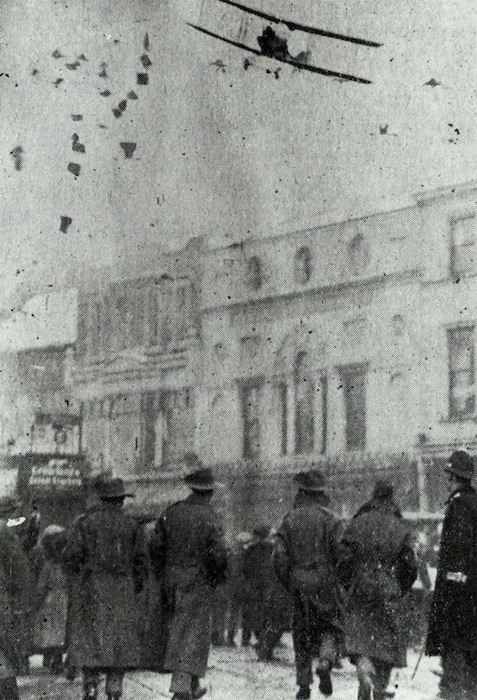Air panics of the British Raj
As long-time (and very patient) readers of this blog will know, I am fascinated by the historical evidence for what I term air panics. Most obviously this includes phantom airship and mystery aeroplane panics, but also rearmament panics, Zeppelin base panics, red balloon panics… anything and everything which provides evidence for what the British people […]




